5 Reasons Builders in Austin, TX Prefer Spray Foam Insulation Solutions Over Traditional Insulation
Austin has seen a building boom over the past decade. Since 2015, the city has approved more than 60,000 new residential units, and energy costs across Texas have climbed nearly 18% in just the past three years. At the same time, building codes have tightened, requiring homes and businesses to meet higher efficiency standards. That shift has made insulation choices more important than ever.
Our climate adds another challenge. Summers bring months of triple-digit heat, humidity can spike overnight, and the occasional winter freeze can still catch us off guard. That’s why more builders are turning to spray foam insulation solutions in Austin—not only for superior temperature control, but because it tackles multiple issues in one application, something traditional insulation often can’t match.
1. Better Energy Efficiency for Austin’s Weather
One of the main reasons spray foam has become so popular is its ability to cut down on energy loss. It expands to fill gaps and crevices, keeping cooled or heated air inside where it belongs and keeping hot or humid air outside.
Consistent Performance Year-Round
Fiberglass or batt insulation can sag, compress, or lose efficiency over time. Spray foam holds its insulating value no matter the season, which makes a big difference in Austin homes where attic temperatures can soar in summer and drop sharply in winter.
Built-In Air and Moisture Barrier
Traditional insulation mainly slows heat transfer—it doesn’t always stop air or moisture from moving through walls and roofs. Spray foam does both, sealing the structure and helping prevent water vapor from creeping in.
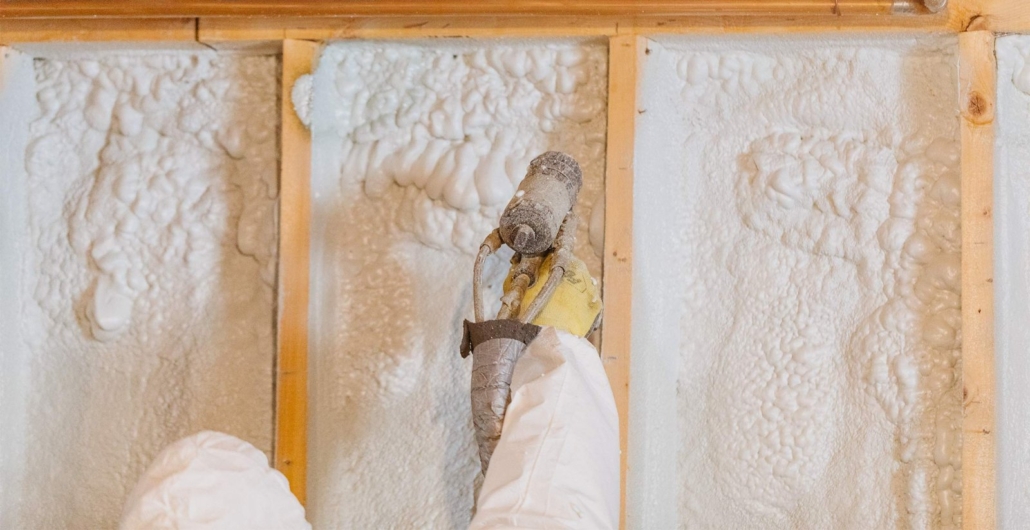
2. Stronger and Longer-Lasting Building Envelope
A tighter, more rigid building envelope means less strain on the structure over time. Once spray foam cures, it adds stability to the framing, which can help buildings hold up better against temperature swings and humidity changes.
Open-Cell and Closed-Cell Choices
Open cell foam is lighter, flexible, and great for interior walls where sound control matters. Closed cell foam is denser, delivers a higher R-value per inch, and resists water—making it ideal for exterior walls, basements, or areas that might face moisture.
Holding Up Under Heat
It’s not unusual for Austin attics to reach 130°F or more in July. Closed cell foam is built to handle those conditions without softening, shrinking, or losing its seal.
3. Meeting Local Codes and Green Building Goals
Austin follows strict versions of the International Energy Conservation Code, and spray foam makes it easier for builders to meet or exceed those requirements without redesigning the entire wall or roof assembly.
Easier Code Compliance
By combining insulation and air sealing in one step, spray foam helps buildings pass blower door tests and meet Energy Star requirements without extra layers of material.
Supporting Eco-Friendly Projects
Many spray foam products now use low global warming potential (GWP) blowing agents. That’s a plus for builders working toward Austin Energy Green Building certifications or aiming for more sustainable construction practices.
4. Lower Costs Over Time
Spray foam can cost more upfront than fiberglass or cellulose, but builders see the long-term math working in its favor.
Reduced Energy Bills
Austin homes that switch to spray foam often see 15–25% drops in heating and cooling costs. That’s a direct payoff month after month.
Less Risk of Repairs
By blocking air leaks and limiting moisture movement, spray foam reduces the chance of mold, rot, and pest problems—issues that can be costly to fix and damaging to a home’s structure.
5. Works for Homes and Businesses Alike
The versatility of spray foam insulation solutions is another reason it’s preferred in Austin. It’s just as effective in a historic home remodel as it is in a new office or warehouse.
In Residential Builds
Spray foam can be applied to attics, crawl spaces, walls, and even floors over garages. It helps older homes feel more comfortable and keeps new builds efficient from day one.
In Commercial Projects
Offices, warehouses, and mixed-use buildings benefit from improved HVAC efficiency, better humidity control, and reduced noise between spaces.

Spray Foam vs. Traditional Insulation
| Feature | Spray Foam Insulation Solutions | Fiberglass/Cellulose |
|---|---|---|
| Air Sealing | Complete coverage | Limited |
| Moisture Resistance | High (closed cell) | Low |
| R-Value per Inch | Higher and stable | Lower, may degrade |
| Structural Support | Adds rigidity | None |
| Longevity | 20–30+ years | 10–15 years |
| Pest Resistance | Good | Poor |
| Code Compliance Support | Strong | Moderate |
Common Questions About Spray Foam in Austin Builds
How does spray foam help during Austin’s humid summers?
It creates a seal that keeps hot, moist air from leaking in. This keeps indoor humidity steadier and reduces strain on air conditioning systems.
Is spray foam safe once installed?
When applied by certified insulation professionals, modern spray foam products are low in VOCs and fully cure within hours, leaving no harmful emissions inside the home.
Can older homes in Austin use spray foam?
Yes. It can be added during retrofits, especially in attics and crawl spaces, without major structural changes.
Is it good for metal buildings?
Closed cell spray foam works well in metal structures, improving insulation and preventing condensation from forming on surfaces.
Does spray foam help with sound control?
Open cell foam is excellent for sound dampening, making it useful in multi-family homes, offices, or studios.
Ready to Improve Your Building’s Efficiency?
Spray foam insulation solutions can make Austin properties more comfortable, energy-efficient, and resilient. H&R Foam Insulation LLC installs high-performance materials for both residential and commercial projects.
Call (512) 862-9637 or email info@hrfoam.com to set up a consultation.
Author: With 15 years in banking and five years managing H&R Foam Insulation, Edith values building strong connections with clients. She focuses on improving comfort, health, and efficiency in every project.
Reviewer: Ella Adams has 7 years of experience in spray foam insulation and provided practical insights to make this guide useful for real-world building needs.


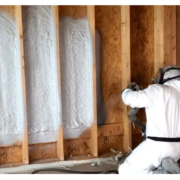
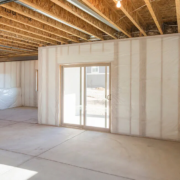



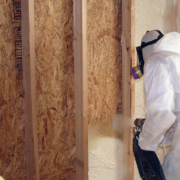
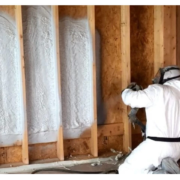

Leave a Reply
Want to join the discussion?Feel free to contribute!